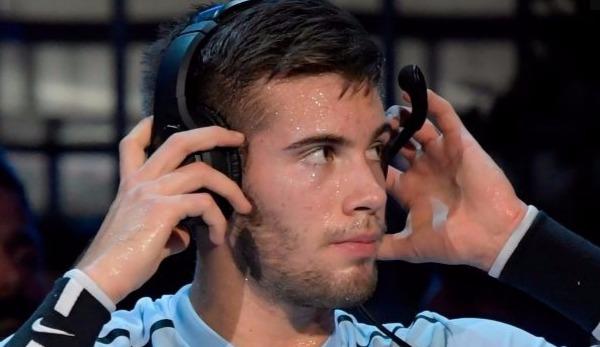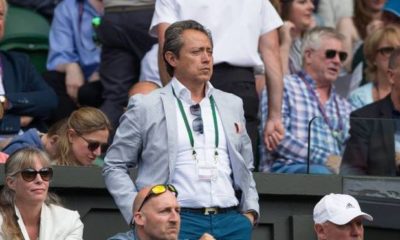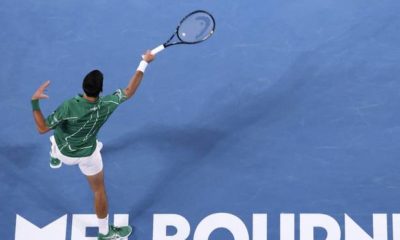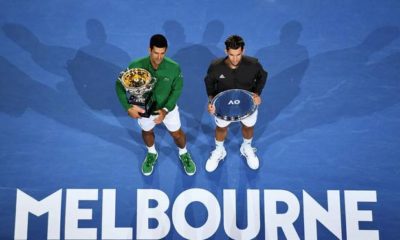The ATP NextGen finals in Milan are in full swing, and with the new rules they are creating a different feel for the game. But what impact do the new rules have on tennis?
There are new rules. At least that’s the way it is happening at the NextGen Finals in Milan. Modern technology is the main focus of attention. Line judges are replaced by the Hawk Eye, players have the opportunity to talk to their coach about headset during breaks and with a tablet at the player’s seat, the NextGen stars can retrieve data about their game. A “shot clock” was also introduced. After the score has been announced by the chair referee, this counts down by 25 seconds until the next serve has to be made. If the server has not brought the ball back into play in time, he will receive a warning.
All these new features are designed to make the game more dynamic and faster. But does this really make sense? Some ideas, yes, others not.
For example, the possibility to get in touch with the coach is a great opportunity for the spectator to get a glimpse into the conversations between star and coach. This brings variety to the process and the necessary tips help the players. At the WTA, the coaches can even come to court and actively coach the women – so why not the men as well? Thumbs up for that possibility. In contrast, the almighty Hawk Eye. A tinny voice echoes through the hall at a ball in the out and calls out loudly. If the ball sails far into the out, the players and spectators can’t hear anything – because this area is outside the Hawk Eye field. In this case, the chair referee must intervene and issue the ball. This technique takes away the human aspect from the whole game. The Court appears more empty and dreary due to the absence of line judges. A heated discussion about a possible wrong decision is no longer possible either – but this is something that will and must be discussed controversially. This theme is very similar to the introduction of video evidence in football. Of course, tennis matches are about money and professionalism, but emotions are also part of it.
The sets are also only played up to four games at the Youngster World Championships, and a tiebreak is played at 3:3. This is a welcome undertaking for heavy serveers. In general, a five-set match in Milan looks more like an 800-metre sprint than a “marathon”, as Roger Federer once called a conventional five-set match. A comeback in one sentence is almost impossible. If a player loses his service game, he is trailing by 0:3 in the worst case and can only save himself in the tiebreak. The drama is lost and a sentence becomes one-sided too quickly. In addition, the players have little chance to recover between exchanges. The 25 seconds are barely enough after hard and exhausting rallies that the club can take enough time to prepare its service. On the first day of the match, Russian Daniil Medvedev, who had already struggled with cramps in the third set, experienced this tempo. If you imagine that a Rafael Nadal would have to subordinate himself to these 25 seconds, the rhythm of the Spaniard would be completely different.
The abolition of the net rule on serve, on the other hand, brings positive momentum into the game. If a ball touches the netting edge during an impact and falls into the field from there, the game continues. Scenes of this kind provide a surprise moment and variety. On the first day in Milan, the spectators were able to admire the fact that both the players and the referee had to get used to it in the purely Russian duel between Medvedev and Karen Khachanov. Chair referee Carlos Bernardes called “let” after a net touch and interrupted the rally, even though the ball had jumped into the field. The point was repeated and the faux pas was made up for with laughter on the faces of the players.
In order to be able to draw a résumé of the first matches in Italy, it is necessary to differentiate. On the one hand, all these innovations offer a chance for a more modern game, almost without human error in terms of Hawk Eye and “Shot Clock”. But it must also be said that such “mistakes” make tennis play so attractive.














You must be logged in to post a comment Login